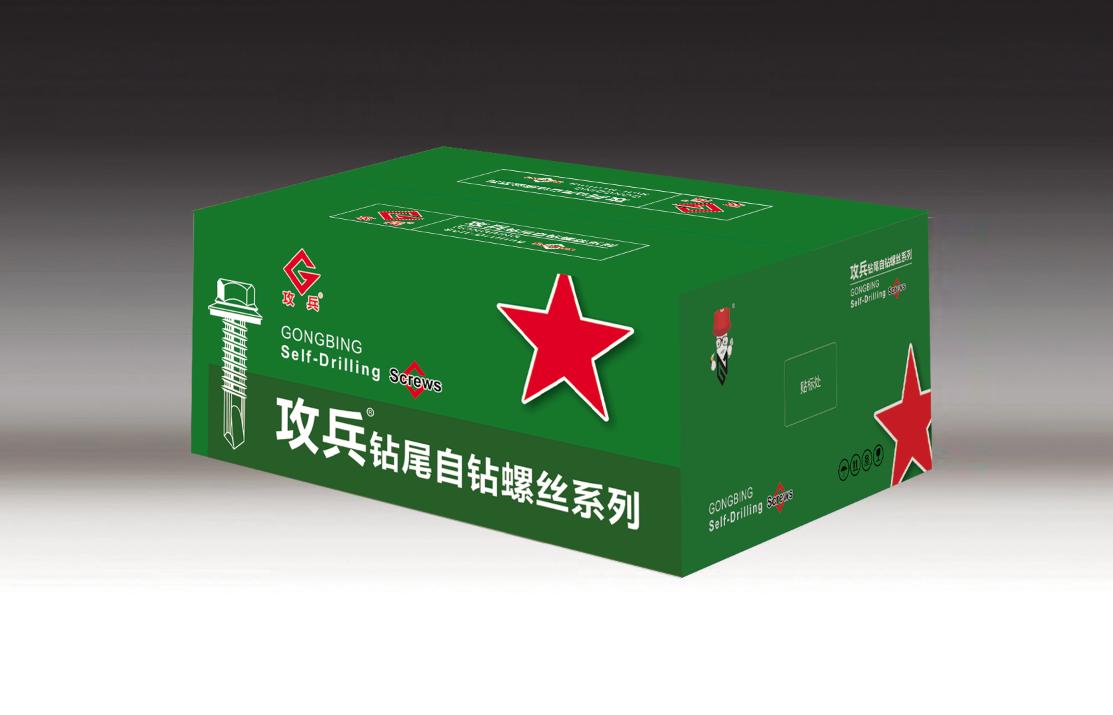Masonry Resin Anchors for Effective and Reliable Construction Fixing Solutions
The Versatility of Masonry Resin Anchors in Construction
Masonry resin anchors are a vital component in modern construction, particularly in securing fixtures to masonry substrates. Their popularity stems from their ability to provide a reliable and robust anchoring solution for a variety of applications. Understanding the features, benefits, and best practices for using masonry resin anchors can greatly enhance the efficiency and safety of construction projects.
What are Masonry Resin Anchors?
Masonry resin anchors typically consist of two main components an epoxy resin and a hardener. When mixed together, they create a chemical bond that can securely attach items to masonry materials like brick, concrete, or stone. These anchors are often supplied with a metal or plastic rod that is embedded into the mixture, allowing for a strong bond once the resin cures.
Advantages of Masonry Resin Anchors
1. Strength and Load Capacity One of the most significant benefits of masonry resin anchors is their high load capacity. Once cured, they create a strong bond that can withstand heavy loads, making them suitable for securing structural elements, shelving, wall hangings, and more. This strength is particularly important in applications where safety is a concern.
2. Versatility Masonry resin anchors can be used in a variety of environments, including outdoor applications where weather resistance is essential. They provide excellent adhesion not only to masonry surfaces but also to different materials such as wood, metal, and plastic, making them incredibly versatile for various construction needs.
3. Ease of Use Applying masonry resin anchors is relatively straightforward. The mixing of the resin and hardener is typically simple, and many products come with user-friendly packaging that includes easy-to-follow instructions. This makes them accessible for both professional contractors and DIY enthusiasts.
4. Resistance to Environmental Factors One of the standout features of resin anchors is their resistance to moisture, chemicals, and temperature variations. This durability ensures that installations remain secure over time, despite environmental changes.
masonry resin anchors

Best Practices
To maximize the effectiveness of masonry resin anchors, it’s important to follow best practices during their installation.
1. Surface Preparation Proper surface preparation is crucial for achieving optimal bond strength. The masonry surface should be clean, dry, and free from dust or debris. In some cases, drilling may be necessary to create an appropriate hole for the resin anchor.
2. Temperature Considerations The curing process of resin can be affected by temperature. It is ideal to work within the recommended temperature ranges provided by the manufacturer to ensure proper curing and bond formation.
3. Follow Manufacturer Guidelines Always consult and adhere to the manufacturer's instructions regarding mixing ratios, curing times, and load capacities. Variations in materials can affect performance, and following these guidelines will help avoid potential issues.
4. Test for Load Capacity If the application involves securing heavy items, it’s prudent to test the load capacity of the installation after the resin has cured. This ensures that the anchor can handle the intended load without failure.
Conclusion
Masonry resin anchors are an essential tool in the construction industry, offering strength, versatility, and durability. By understanding their benefits and adhering to best practices during installation, builders can achieve secure and lasting results in their projects. Whether used in residential, commercial, or industrial applications, these anchors prove to be a reliable solution for anchoring needs.
-
Weatherproof Plastic Expansion Anchors for OutdoorNewsJun.06,2025
-
Sustainability in the Supply Chain: Eco-Friendly TEK Screws ProductionNewsJun.06,2025
-
Load-Bearing Capacity of External Insulation FixingsNewsJun.06,2025
-
Double Head Bolts: Enhancing Efficiency in Industrial MachineryNewsJun.06,2025
-
Corrosion Resistance in Chipboard Screws: Coatings for Wholesale DurabilityNewsJun.06,2025
-
Butterfly Toggle Bolts : Enhancing Structural ResilienceNewsJun.06,2025
